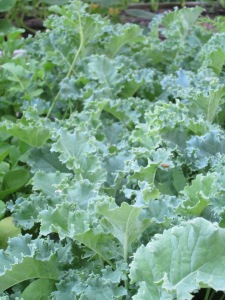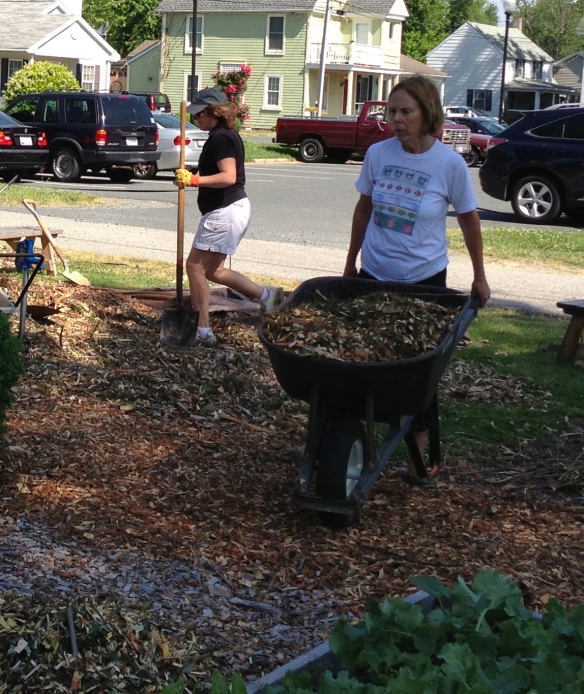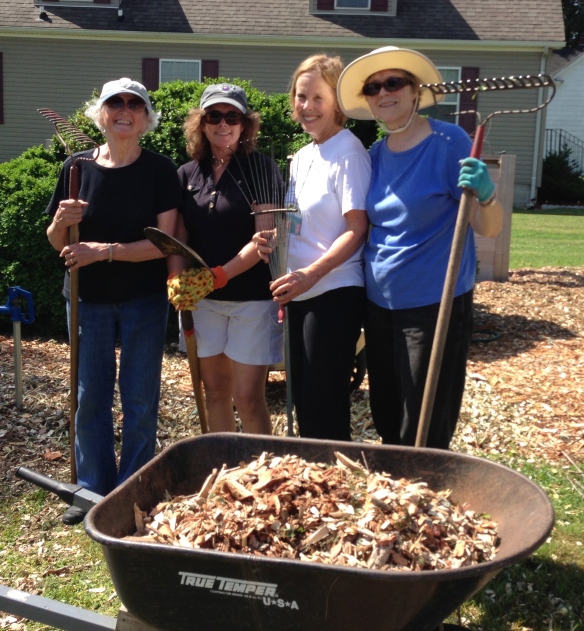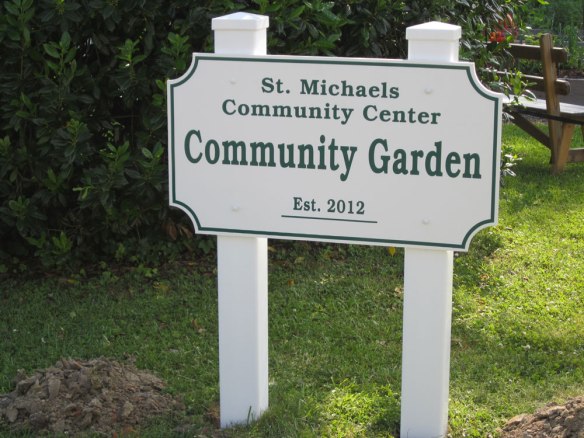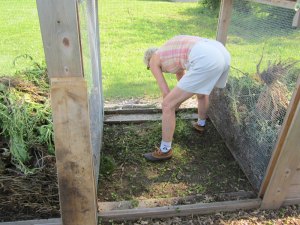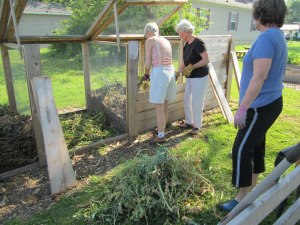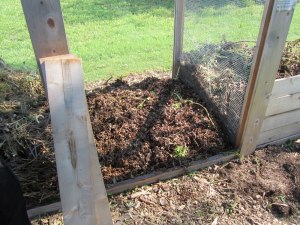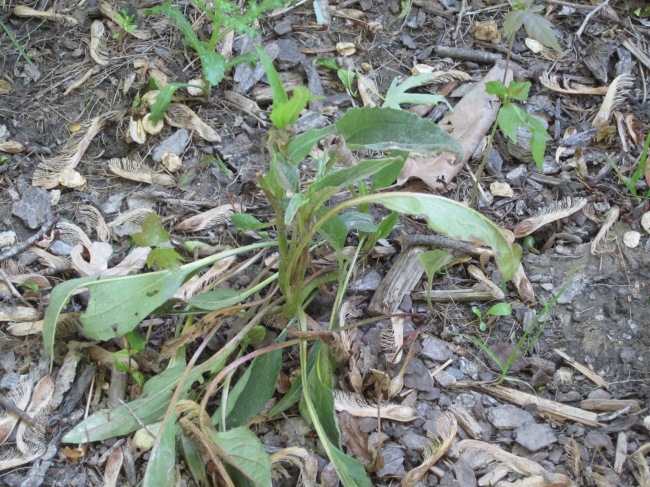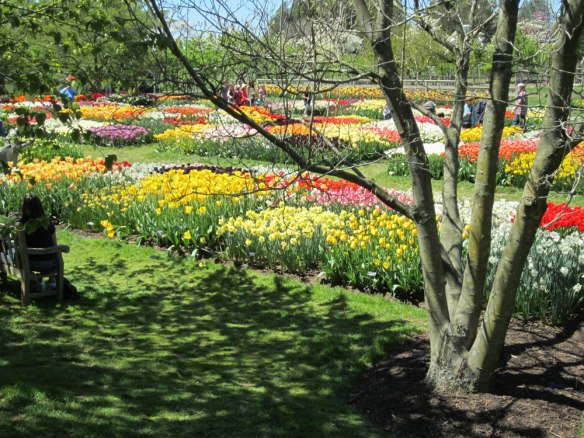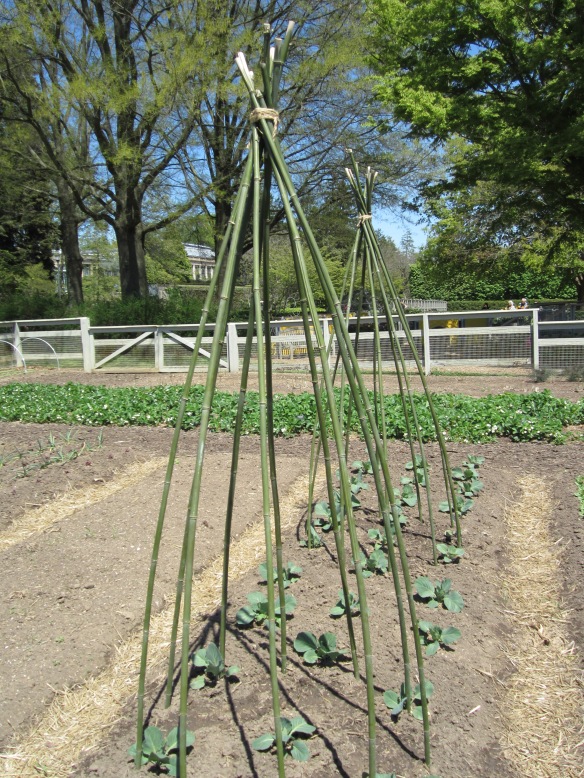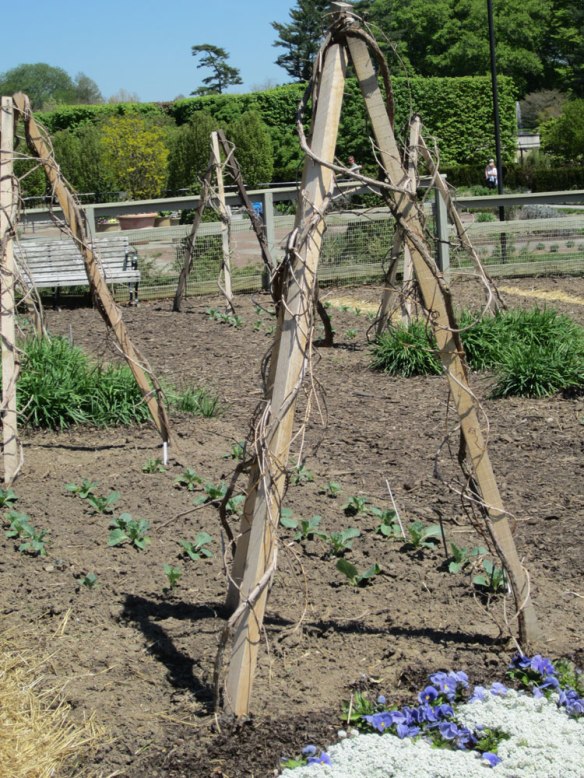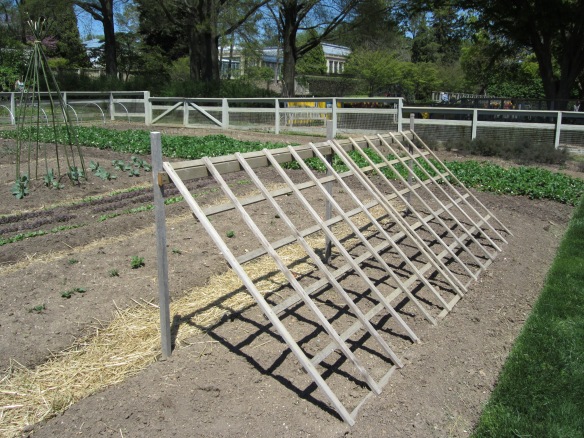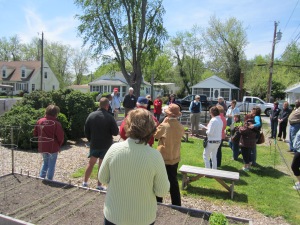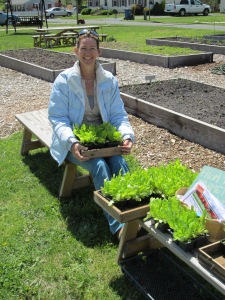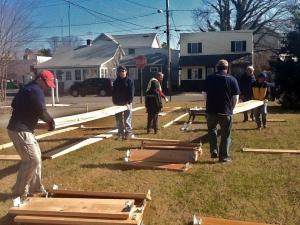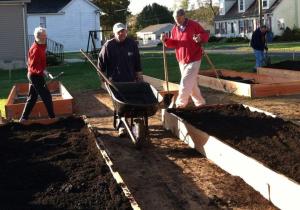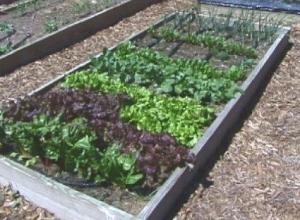Kale massage is not what you think. This is a delicious salad for your inside, not something to rub on your outside. Kale’s dark green leaves are one of the healthiest greens you can eat.
I first saw this recipe prepared on a TV cooking shows. Aarti Sequeria was making a kale salad. I was thinking tough kale leaves in a salad! Who would want to eat that? The secret is in the massage. The tough center rib of the kale is removed and the kale cut into bit-size pieces. It is then massaged with lemon juice, a drizzle of olive oil and salt. After two or three minutes the leaves turn darker green and soften. The original recipe calls for mango. I have made this salad with oranges, canned peaches, even once an apple because it was all I had. It is one of my favorite salads.
The salad lasts for days in the fridge if you don’t eat it all the first day. I think it’s even better the second day. The kale in my community garden bed is getting big enough to cut. I can’t wait to make this salad. This link even has a video of Aarti making the salad and shows how to prepare the raw kale. At the bottom of the page are many more kale salad recipes. Who knew?
Imagine my surprise to find another kale salad recipe at a recent culinary gathering at the St. Michaels Woman’s Club. I thought I was the only one who knew about massaging kale. This is Karen Thomas’ Kale Salad recipe.
- 1/2 cup pecans
- 8 ounces kale
- 4 to 5 medium radishes
- 1/2 cup dried cranberries (or cherries)
- 1 medium Granny Smith apple
- 2 ounces soft goat cheese, chilled
Dressing
- 3 tablespoons olive oil
- 1 1/2 tablespoons apple cider vinegar (or white wine vinegar)
- 1 tablespoon smooth Dijon mustard
- 1 1/2 teaspoons honey
- Sea salt and freshly ground pepper, to taste
Instructions
- Preheat the oven to 350 degrees and spread the pecans on a baking tray. Toast them until lightly golden and fragrant, about 5 to 10 minutes, tossing them once or twice to make sure they bake evenly. Remove the tray from the oven and set them aside to cool.
- Pull the kale leaves off from the tough stems and discard the stems. Use a chef’s knife to chop the kale into small, bite-sized pieces. Transfer the kale to a big salad bowl. Sprinkle a small pinch of sea salt over the kale and massage the leaves with your hands by lightly scrunching big handfuls at a time, until the leaves are darker in color and fragrant.
- Thinly slice the radishes (this is easier to do if you first chop off the root end so you can place the base of the radish flat against your cutting board). Add them to the bowl.
- Coarsely chop the pecans and cherries and add them to the bowl. Chop the apple into small, bite-sized pieces and add it to the bowl as well. Crumble the goat cheese over the top.
- In a small bowl, whisk the dressing ingredients together and pour the dressing over the salad. Toss until the salad is evenly coated with dressing. Serve immediately, or for even better flavor, let the salad marinate in the dressing for 10 to 20 minutes beforehand.
Even if you think you don’t like kale, give kale salad a try. Kale is also a great fall/winter crop for your community garden bed. We ate kale salad into the spring this year. The kale just got more luscious after a frost.

